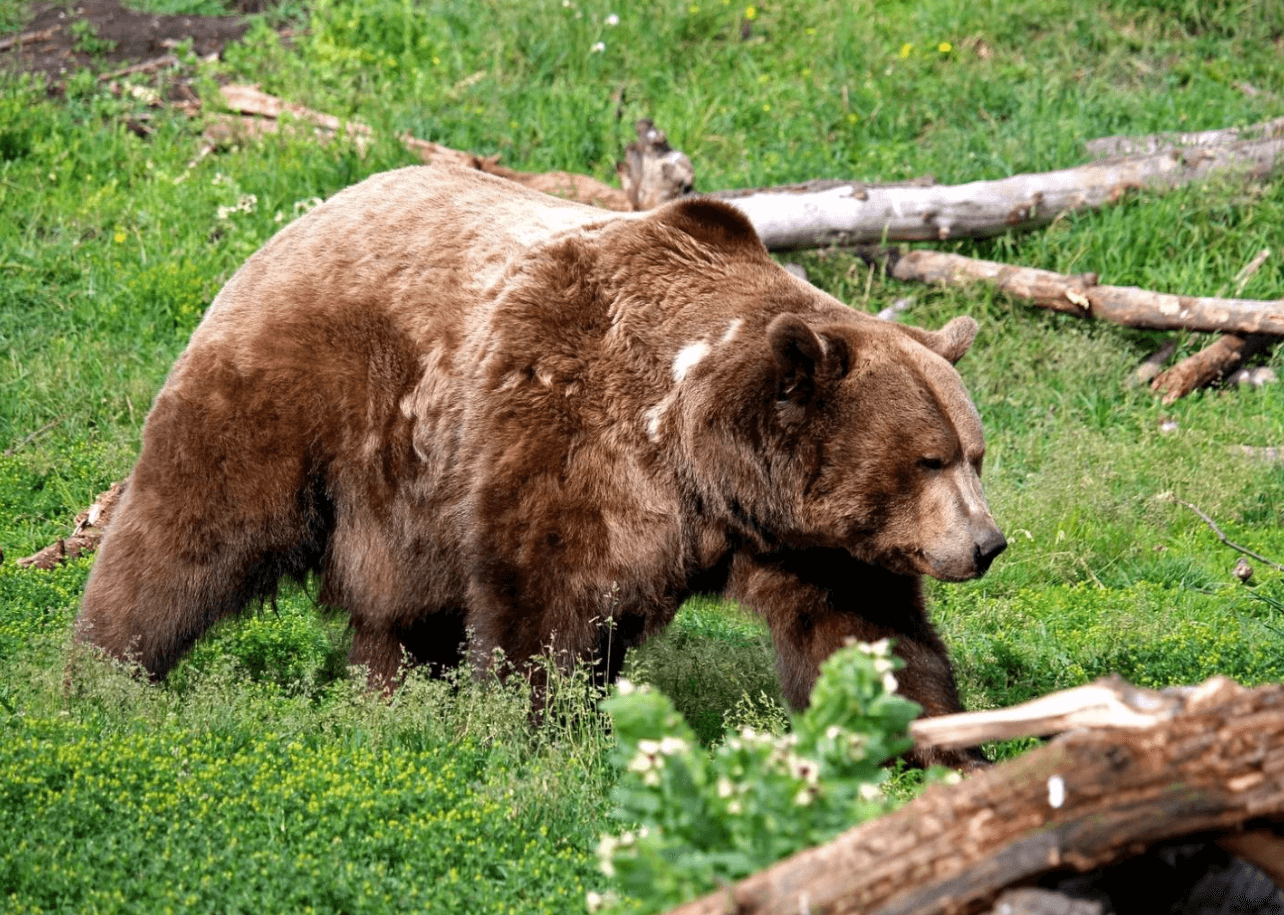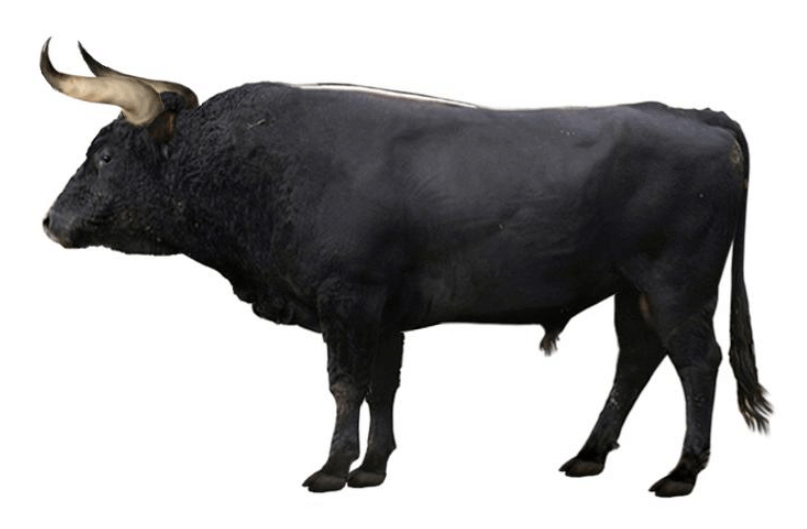
Recent months have been hellish for many American farmers and consumers who buy the food they produce. Many farms have suffered frost damage to crops, and poultry farms have experienced the worst avian flu epidemic on record. As all Americans who shop for food know only too well, the result has been skyrocketing prices at the supermarket, especially for poultry, eggs, and certain fruits and vegetables.

What these misfortunes have in common is that much of the damage could have been avoided, were it not for longstanding, anti-innovation government regulation of genetic engineering.
Frost damage to crops is not unusual; it causes American farmers to lose billions of dollars annually. Peaches, plums, citrus, and other crops are regularly threatened by frost in the Southeast, but California is also susceptible: A cold snap there in January 2007 cost farmers more than $1 billion in losses of citrus, avocados, and strawberries, and a 1990 freeze caused about $3.4 billion in damage to agriculture and resulted in the layoff of 100,000 citrus industry workers, including pickers, packers, harvesters, and salespeople. In 2002, lettuce prices around the country spiked after an unseasonable frost struck Arizona’s lettuce-growing regions.

Credit: Inside Climate News
Feds freeze out frost fix
As with many of society’s woes, from water shortages to energy production, technology could mitigate much of the damage from frosts or epidemics, but government regulation has created barriers to many innovative solutions. Those obstacles illustrate what innovators are up against and how flawed, unscientific public policy can prevent science and technology from realizing their potential.
In the early 1980s, scientists in the agbiotech (agricultural biotechnology) industry and in academia devised an ingenious approach to limiting frost damage, using recombinant DNA or “gene-splicing” techniques.
A harmless bacterium, Pseudomonas syringae, lives on many plants and contains an “ice nucleation” protein that promotes frost damage. (Ice nucleation proteins, which are found on the surface of certain bacteria, promote frost damage in plants by inducing the formation of ice crystals at a higher temperature than they would otherwise form.)

Credit: Wikipedia Commons
The scientists created a mutant of the bacterium that lacks the ice-nucleation protein, reasoning that spraying this variant bacterium (dubbed “ice-minus“) on plants might prevent frost damage by displacing the common, ice-promoting strains found in nature.
Using very precise recombinant DNA, or “gene-splicing,” techniques, the researchers removed the gene for the ice-nucleation protein. They planned field tests with the ice-minus bacteria to see whether they would prevent frost damage under real-world conditions.
So far, so good. Then the government stepped in
The Environmental Protection Agency classified the innocuous ice-minus bacterium as a pesticide, which was to be tested in northern California on small, fenced-off plots of potatoes and strawberries. How could they call it a pesticide? The regulators’ rationale was that the naturally occurring, ubiquitous “ice-plus” bacterium promoted frost damage and was, therefore, a “pest,” so other bacteria intended to mitigate its effects would be considered a pesticide.
This absurd, sophistic reasoning could lead the EPA to regulate outdoor trash can lids as a pesticide because they deter or mitigate the actions of a “pest” — namely, raccoons.
At the time, scientists inside and outside the EPA agreed that the test posed a negligible risk to humans, animals or the environment. (I wrote the analysis submitted by the Food and Drug Administration.) They reasoned that no new genetic material had been added — only a single, well-understood gene had been deleted — and the organism was obviously harmless. Nonetheless, the field trial was subjected to an extraordinarily long and burdensome review by both the National Institutes of Health and EPA only because the organism had been genetically modified with recombinant DNA techniques.
It is noteworthy that small-scale field trials using bacteria with identical traits but constructed with older, cruder techniques require no governmental review of any kind.
(There are natural, ice-minus mutants of P. syringae, but because the gene for the ice-nucleation protein is not entirely deleted, the mutation isn’t permanent.)
It is noteworthy that when field-tested on less than 10 acres, non-engineered bacteria and chemical pesticides are completely exempt from regulation. Moreover, there is no government regulation at all of the vast quantities of the “ice-plus” P. syringae organisms (which contain the ice-nucleation protein) that are commonly blown into the air during snow-making at ski resorts.

Credit: NARAD and DVIDs Public Domain Archives
Although the ice-minus bacteria proved safe and effective at preventing frost damage in field trials, further research and commercialization were discouraged by the onerous government regulation – specifically, the inflated expense of performing the experiments and the prospect of substantial downstream costs, and the stigma of pesticide registration.
As a result, the product was never commercialized, and plants cultivated for food and fiber throughout the nation remain vulnerable to frost damage.
FDA has decimated an entire biotech sector: Genetically engineered animals
Now on to the poultry industry and the catastrophic avian flu epidemic…. The virus, which periodically has long caused outbreaks among poultry, is increasingly infecting migratory birds. That allows it to spread more widely, even to various mammals, including grizzly bears in Montana and to mink farms, which increases the risk that a new variant could spread to and among humans.

Three mountain bears euthanized in Montana, January 2023. Credit: Sage Scott/Pixabay
Of particular concern is the possibility that if different strains of flu infect the same person simultaneously, the strains can exchange gene segments and give rise to new, more transmissible variants. That could start a deadly pandemic.
The best approach is to prevent this scenario rather than responding to it. Vaccines are one alternative, but even better would be strains of poultry genetically modified to resist infection by H5N1 avian flu. One of the early goals of molecular genetic modification was lines of pigs and poultry that were resistant to viral diseases, but regulators made it uneconomical to pursue.
In a 2009 guidance document, FDA announced that the tiny snippet of introduced DNA used in the molecular genetic engineering of an animal would be considered a “new animal drug,” and therefore require the animal to be reviewed as such under the Federal Food, Drug, and Cosmetic (FD&C) Act — even if it was intended to be used neither as food nor as a source of a drug.
The Act requires that new animal drugs be safe and effective before they can be approved for marketing. Therefore, the animal must undergo onerous government review and approval by the FDA’s Center for Veterinary Medicine, the same as veterinary drugs such as antibiotics, pain relievers, and flea medicines. The FDA had never before evaluated, for example, a new variety of pig or chicken with novel traits introduced by traditional breeding.
The legal basis for the 2009 guidance is dubious. There is no hint anywhere in the FD&C Act that animals could be, in effect, regulated as a drug. Nor is such an interpretation necessary for the safe consumption of genetically engineered animals.
Thus, FDA’s 2009 guidance and its proposed expansion are based on regulatory opportunism rather than scientific or regulatory principles. In fact, for millennia, farm animals and others have undergone continual genetic modification, mostly by time-consuming, imprecise trial-and-error breeding.
For example, the dozens of varieties of cattle raised today are all derived from the now-extinct aurochs, which was used both for food and as a beast of burden from ancient times until the 17th century. A relatively recent (20th century) new food animal, the “beefalo,” a cow–bison (buffalo) hybrid, combines the superior hardiness, foraging ability, calving ease, and low-fat meat of the bison with the fertility, milking ability, and convenient handling of the cow.

Uroch, aka Uruz. Credit: Wikipedia Commons
And here’s the punchline: None of these or similar innovations has been intensively evaluated by regulators. Moreover, not only have all these imprecise genetic modifications not been associated with significant risks but they have markedly increased ranchers’ productivity and societies’ food security.
At one time, there were plans to develop viral disease-resistant strains of poultry genetically engineered with molecular techniques, but the prospect of an exorbitantly expensive, years-long FDA drug review process scuttled them. (The first of the three genetically engineered animals to be approved, the AquAdvantage fast-growing salmon, took an unconscionable 25 years and $100 million to get to market.)

Credit: AquaBounty
As a result, the nation’s chicken and egg supplies are at risk, and this year has seen a cataclysm. To keep bird flu from spreading, which is difficult because infected wild birds are common vectors, once an infection is confirmed, entire poultry flocks must be destroyed.
According to U.S. Department of Agriculture data, the current outbreak, which is still with us, has affected hundreds of commercial and backyard flocks and caused the deaths of more than 58 million birds in 47 states. That is in addition to deaths of uncounted numbers of wild birds, such as raptors and snow geese.
Bottom line
EPA’s oversight of the ice-minus P. syringae and FDA’s regulation of animals modified with molecular genetic engineering techniques illustrate how regulators can inflict profound harm on society.
How can we remedy such malfeasance?
Congress has the responsibility to oversee federal agencies. In response to ill-advised, unscientific, expansionist policies or decisions they can challenge agency officials through hearings, reduce their budgets and revise the statutes that dictate the scope of regulators’ jurisdiction.
This article was first published by the Genetic Literacy Project.



